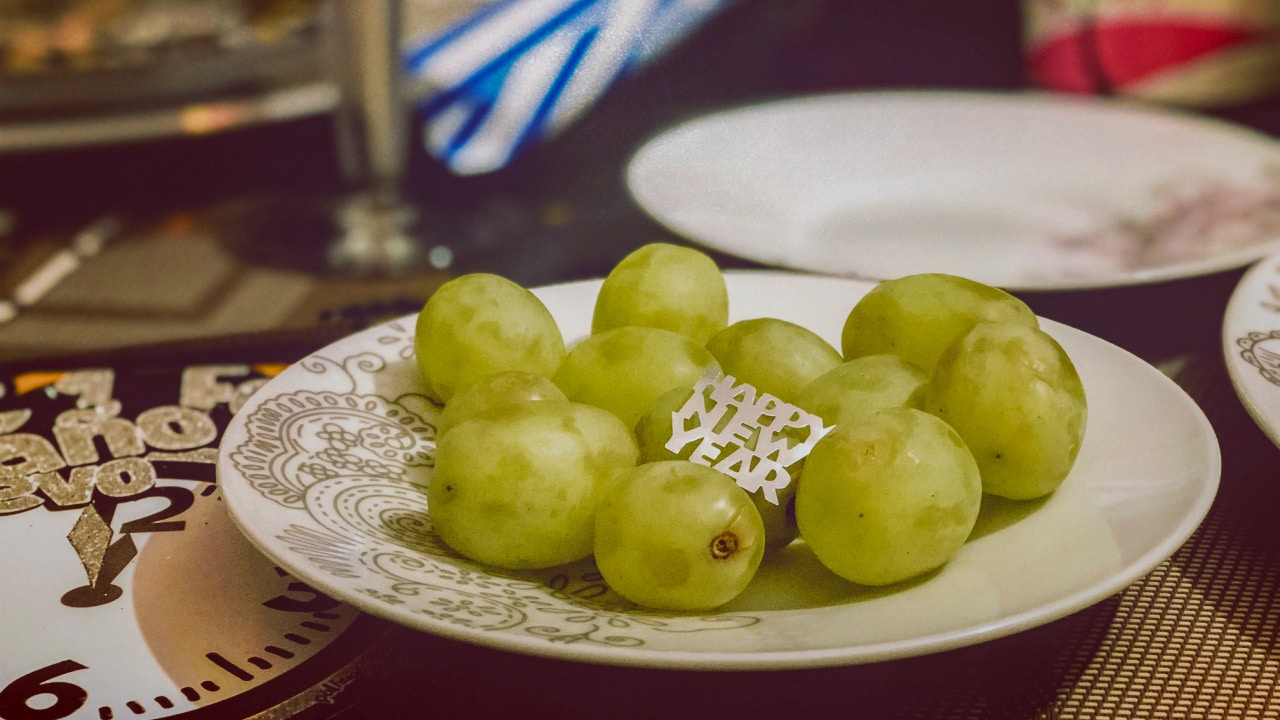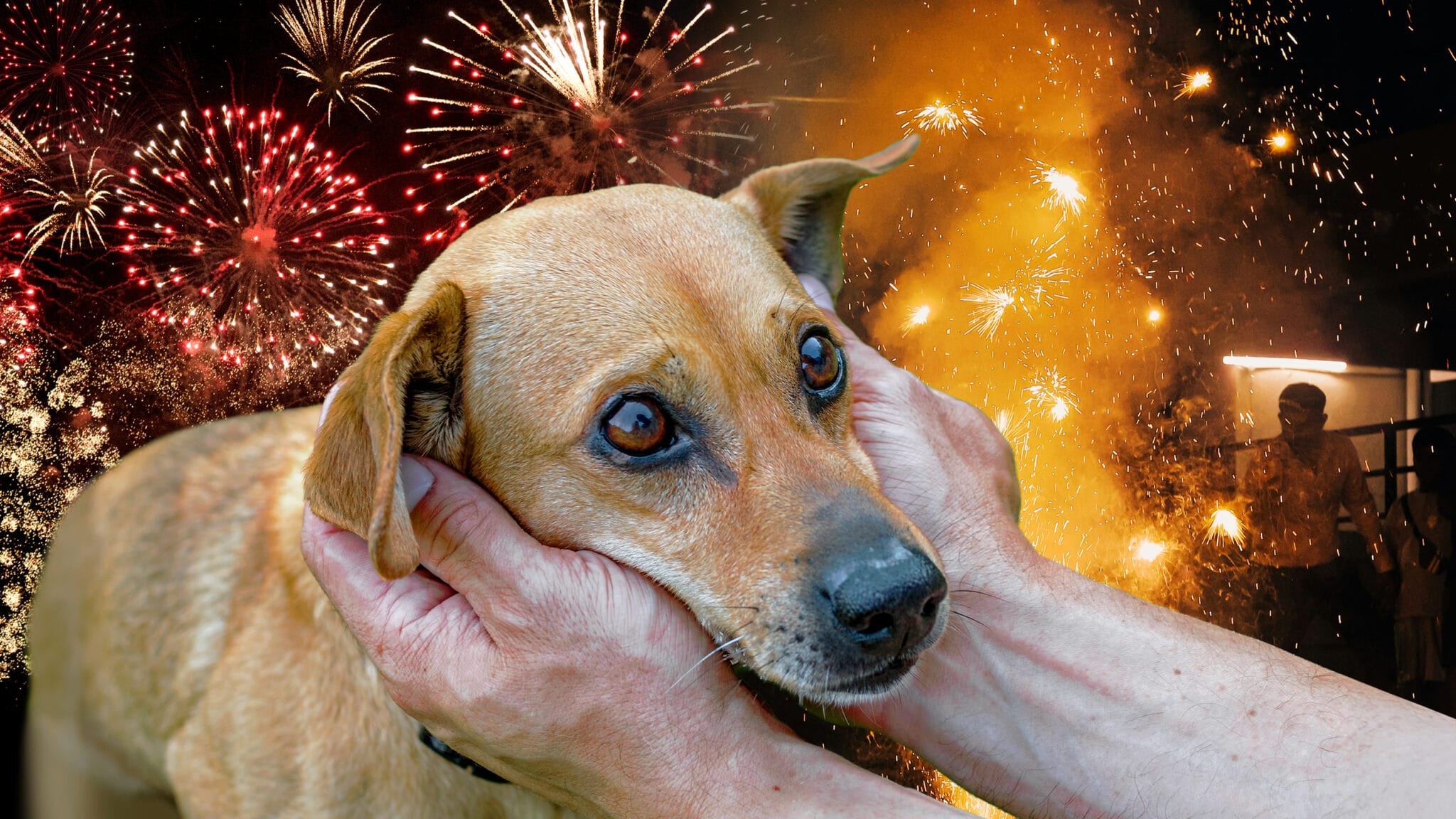Queer Latino Artist Turns His Art Into a Medium for Coming Out, Redefines Norteño Machismo Culture
For José Villalobos, life has been fragmented between borders — physical and identitarian. Born and raised on the border of El Paso, Texas, and Ciudad Juárez, Mexico, Villalobos also grew up between exploring his queer identity and the machismo and toxic masculinity of the BIPOC and Latinx community.
A full-time contemporary artist, Villalobos explores, protests, and subverts masculine precepts, always in pursuit of informing the public.
“I find it to be a way to reconcile the identity challenges in my life, caught in between traditional Mexican customs and American mores. As well as growing up with religious ideals that conflict and condemn being gay,” he told mitú.
The risk and challenge of an artistic career in a Latinx home

Like so many other Latinxs, José Villalobos knew that an artistic or creative career would be a bone of contention in his home.
Knowing that in households of color, “money is the measure of ‘success,'” Villalobos decided to opt for a career as a creative writer that would allow him a better-paying job but still be creative to some degree.
Thanks to an art appreciation class, that creativity he’d had since childhood came to life. As he explained, his interest in art came late in life because he didn’t have accessibility.
“My parents were always working,” Villalobos told mitú. “As a kid, I really didn’t know anything about art and museums. Art to me was to the extent of cartoons.”
During his senior year of college, the young artist started an artist-run space where he had his first solo exhibition. After graduating and venturing into teaching, he received the Joan Mitchell Award in 2018 and pursued full-time work as an artist.
Coming out with a work of art
In exploring his artistic language, Villalobos always refrained from talking about his homosexuality.
“I feel like I’m freshly new out of the closet, to be honest,” he said. “It’s been about 10 years.”
His first work talked more about body dysmorphia. But the artistic language allowed him to address his family dynamics as well.
“I did things in order to please my family and please what they expected,” Villalobos explained. “As I was selected in 2016 for a local artist fellowship, I decided to really tell my story because it was a bigger platform that became available to me.”
Although Villalobos was still scared by the hate and violence rates against the LGBTQ+ community, he came out with a bang.
The artist created the piece “De La Misma Piel,” composed of “Western” type leather belts. But instead of the traditional last name stamped on the back, they had homophobic slurs such as Maricón, Joto, Delicado, etc.
“Creating this, I thought that maybe me sharing my story, others like me could relate and understand and find some sort of connection and consolation while spreading awareness to the older generation of what exists within the grip of their hand,” Villalobos explained.

For Villalobos, Norteño culture is more than an identity
“Norteño is in my blood,” says the artist, son of a Norteño conjunto musician. Growing up in Ciudad Juárez, Villalobos has always been surrounded by Norteño music and lifestyle.
“I would see my uncles come to visit with their tejanas and their boots made out of some sort of lagarto with a matching belt. These were symbols of power for them,” he explains.
But it was also “a performative shield,” where men acted and behaved in a certain way.
“As an adult, I see the flamboyancy that exists behind it. But one can never say such things because it’s a ‘macho’ or ‘masculine’ thing,” the artist said.
Villalobos confessed that he always hid himself when he did something considered feminine.
“‘Men’ are supposed to be tough, violent, and show no weakness,” he added.
Dismantling toxic masculinity and the road ahead
While for José Villalobos, his artwork began as a way to reconcile identity challenges and Mexican traditions, and American customs, his work has taken on larger dimensions.
“The root of my work lies in the performativity of my identity,” he explains, “I confront the derogatory terms and attitudes that many queer individuals continue to withstand today.”
His installations often feature outfits with proud connections to his heritage. Still, they are also reminders of the hatred and homophobia that he and many other Latinxs have endured.
In his words, it’s a way of “softening virility” through the material.
“I ultimately protest the toxicity of machismo using objects, specifically within the Norteño culture, that carry a history by deconstructing and altering them,” Villalobos explains.
“Although new forms are created, I demonstrate the battle between accepting being a maricón and assimilating to the cultural expectations,” he adds.
And in a country where people are killed for carrying a rainbow flag, Villalobos’ work is more urgent than ever.
“Sometimes we become afraid to put ourselves out there because you’re putting a huge target on your back, but if we don’t start with these conversations and expose the violence behind many things, when will people stop being victimized?” the artist asks.
“Queer individuals are being murdered for simply existing and being happy,” he concludes. “This goes across many things. We need to fight for human kindness and coexist in a space where we can be and feel safe whether you’re queer, trans, or simply a person of color. And that’s just scratching the surface.”




